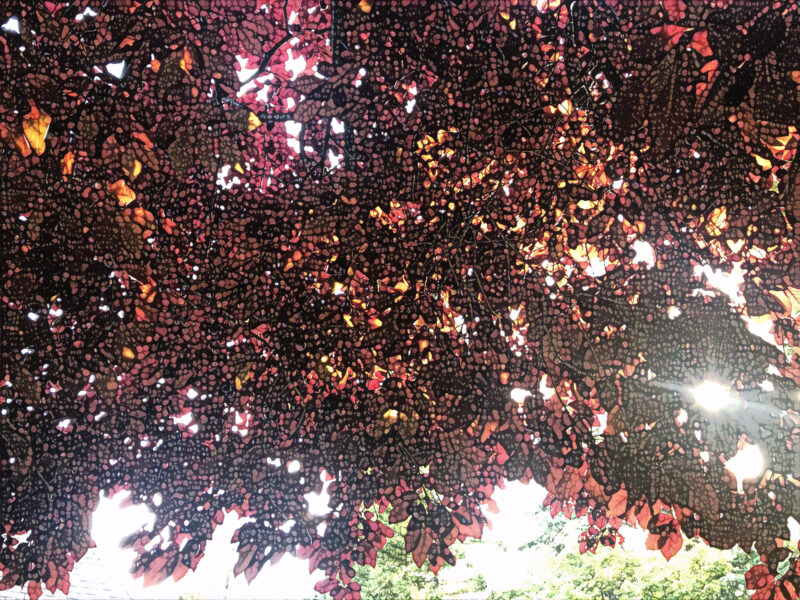
I wrote Practical Mindfulness as a sort of antidote to some “love letter” approaches to the topic of meditation. While not underselling the beauties of mindfulness, I intended to guard against too much aspirational upselling of a quick trip to lovely but less common “beyond the self” states of protracted bliss, heightened or deepened consciousness, and the like.
I make a big deal in PM about all aspects of awareness as better considered uncovered, rather than acquired. Meditation helps us clean the windshield of its distracting smudges, but can also cultivate a sharper identifying of our own individual “pattern sets” of experience in body, heart, mind and the “looker”(observing) capacity itself, in response to any moment and its impact on each of us. Both the “cleaning off” and “ID” functions of the training can serve moments from the trivial to the momentous.
“It’ll be so great when you learn it” pitches in many books on mindfulness have their place in persuading individuals, especially around the possibility of extraordinary, “peak” experiences in practice. But to my mind, that angle often goes heavy on the speculative “prizes” of mindfulness –an outcome-driven intention that actually can run counter to the spirit of non-judgmental acceptance of the moment. That same angle is often too light on the granular, “how to just get it going” details that are essential, and yes, practical, to the day-to-day benefits of this thing.
Yet….
States of deeper awareness, of a felt-sense of connection, unity, non-duality, however framed, can and do happen in meditation, as they can spontaneously in the experiences of daily life. Many, maybe most of them likely pass right by us, unnoticed, as we’re consumed by our own momentary distractions or not sufficiently tuned in to how they may register in each of us.
So, the challenge for me was to find a way to approach peak experiences in a practical, accessible way. I considered side-stepping this whole area, rationalizing that “practical” training could be limited to how mindfulness helps in the pragmatic day-to-day of our separate-self lives. Sitting with that in my own practice led me to the conclusion that “rationalization” was closer to “poultry feces” than a reputable stance to take.
A core concept in PM is that we are running parallel, both-valid aspects of consciousness – one based in our “constructed,” perceived selves embedded in a dualistic world, but also a aspect that reflects our deeper immersion as “collections” of energy into matter in the quantum cosmic stew. “Beyond” experiences are arguably evidence of that non-dual aspect of us, peeking through in glimpses. I make the conceptual argument for this right off the cosmic bat in Chapter 1 of PM; and most all of Part III of the book gets into deeper details of what these experiences are and how we can cultivate opportunities to observe and identify them.
The big dilemma, in my opinion, is how easily tangled up in debate we can get about the interpretation of such experiences – as real vs. concocted, as a neurological side effect versus a co-existent aspect of mind, and especially around the sticky issue of its proof of any particular religious or spiritual tradition. That’s where I draw a line and make some assumptions. Such experiences have been reported for millennia; if they represent a “side effect” of mind, or pathology, then we got another pandemic on our hands. Whether they bear the stamp of a particular religious franchise is up the reader. But novel neuroimaging indicates they happen; and of all things, quantum theory aligns nicely with the “non-dual energy” aspect of it all.
So, leaving aside the battles for ownership, Part III focuses on the individual in meditation. What are the cardinal “felt” characteristics of these “beyond” experiences? What may we look for and identify, and what stuff obscures perceiving them? Not to give away the answers (this is a promotional blog, after all), but the acronym “BFB” — big, fuzzy, belonging — is central to my training exercise sequences. One other dilemma pops up here: our suggestibility, borne of a striving for a unity experience. More on that in Part III, too.
The “beyond,” however speculative as to source, is nevertheless accessible in a practical way.
Keep staying safe, for all of us. GCS